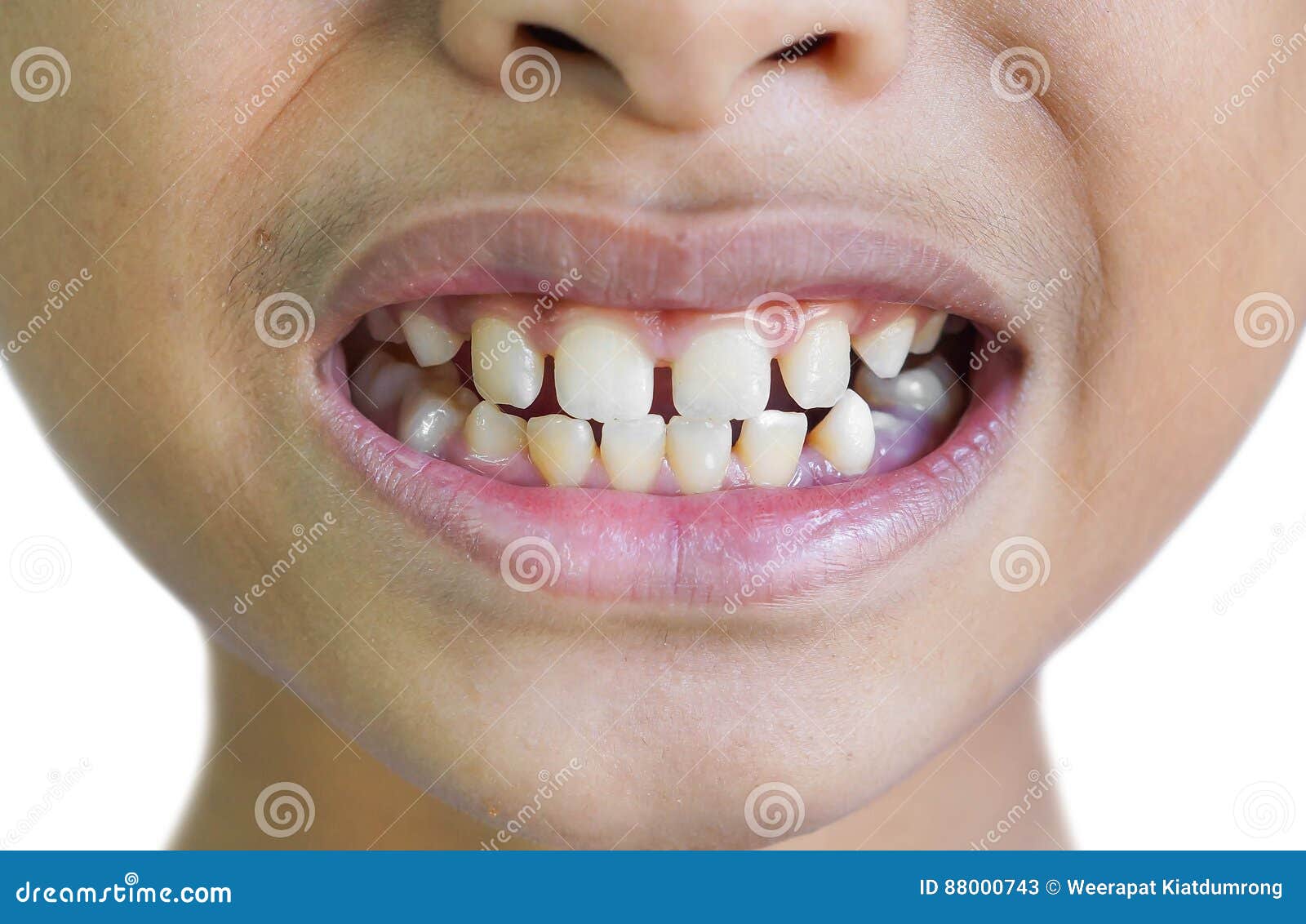Bonding Front Teeth Gaps: Fast Smile Solution

The quest for a perfect smile has led many to seek solutions for bonding front teeth gaps, a common dental issue that can affect self-confidence. A gap between the front teeth, also known as a diastema, can be caused by various factors, including genetic predisposition, gum disease, or habits such as thumb sucking. Fortunately, advancements in dentistry have made it possible to address this issue efficiently and effectively. In this comprehensive guide, we will delve into the world of bonding front teeth gaps, exploring the causes, treatment options, and the revolutionary techniques that can transform your smile in no time.
Understanding the Cause of Front Teeth Gaps
Before diving into the solutions, it’s essential to understand why these gaps occur. The most common reasons include:
- Genetic Predisposition: Some people are naturally more prone to having gaps between their teeth due to their genetic makeup.
- Gum Disease: Periodontal disease can cause teeth to drift apart, creating gaps.
- Habits: Thumb sucking and other habits can exert pressure on the front teeth, causing them to move apart.
- Missing Teeth: If a tooth is missing and not replaced, the surrounding teeth may shift, leading to gaps.
The Bonding Procedure: A Fast Smile Solution
Dental bonding is a straightforward and relatively quick procedure used to repair teeth with gaps, chips, or cracks. It involves applying a tooth-colored resin material to the tooth, then shaping and polishing it to match the surrounding teeth. The bonding process for front teeth gaps typically involves the following steps:
- Preparation: The dentist prepares the teeth by lightly etching the surface to help the bonding material adhere.
- Application of Bonding Agent: A bonding agent is applied to the etched teeth.
- Resin Application: The tooth-colored resin is applied to the gap and shaped to fit naturally.
- Hardening: The resin is hardened using a special light.
- Polishing: The bonded area is polished to match the sheen of the surrounding teeth.
Advantages of Dental Bonding
Dental bonding offers several advantages, making it a popular choice for addressing front teeth gaps:
- Quick Procedure: The procedure can often be completed in one visit.
- Non-Invasive: It’s a relatively non-invasive procedure compared to other cosmetic dentistry options.
- Versatile: Bonding can also be used to repair chipped or discolored teeth.
- Cost-Effective: It’s often less expensive than other cosmetic dental procedures like veneers.
Alternatives to Dental Bonding
While bonding is an excellent solution for many, there are other options available, each with its own set of advantages:
- Veneers: Thin, custom-made shells of porcelain or composite material that cover the front of the teeth.
- Orthodontic Treatment: Braces or Invisalign can move teeth together to close gaps, offering a more permanent solution.
- Dental Implants: If a tooth is missing, an implant can be used to replace it, closing the gap.
Maintaining Your Newly Bonded Teeth
To ensure the longevity of your dental bonding, it’s crucial to maintain good oral hygiene practices:
- Regular Brushing and Flossing: Prevent plaque buildup and gum disease.
- Avoid Hard Foods: Foods like ice or hard candy can damage the bonding material.
- Regular Dental Check-Ups: Allow your dentist to monitor the bonding and address any issues promptly.
Conclusion
Bonding front teeth gaps is a fast and effective way to achieve a smile you’ve always wanted. With its non-invasive procedure, versatility, and cost-effectiveness, it’s no wonder why dental bonding remains a top choice for addressing dental imperfections. Whether you opt for bonding or another dental solution, the key to a perfect smile is finding the right treatment that fits your needs and budget. Consult with a dental professional today to explore the possibilities and take the first step towards a confident, gap-free smile.
How long does dental bonding last?
+Dental bonding can last for several years, depending on the location of the bonded tooth and your oral habits. On average, bonding on front teeth can last between 5 to 10 years before needing a touch-up.
Is dental bonding painful?
+Typically, dental bonding is not painful and can be performed without anesthesia. However, if the bonding material is being used to fill a decayed tooth, your dentist may need to numb the area to ensure comfort.
Can dental bonding stain?
+The resin used in dental bonding can stain over time, similar to natural teeth. Practicing good oral hygiene and avoiding foods and beverages that stain teeth can help maintain the appearance of the bonded area.
In the realm of cosmetic dentistry, advancements are continually being made to provide faster, more effective solutions for common dental issues like front teeth gaps. As technology evolves and techniques improve, the journey to achieving the perfect smile becomes more accessible and desirable for everyone. Whether through dental bonding or other innovative treatments, transforming your smile is now more achievable than ever, offering a pathway to enhanced self-confidence and a brighter, healthier smile.
